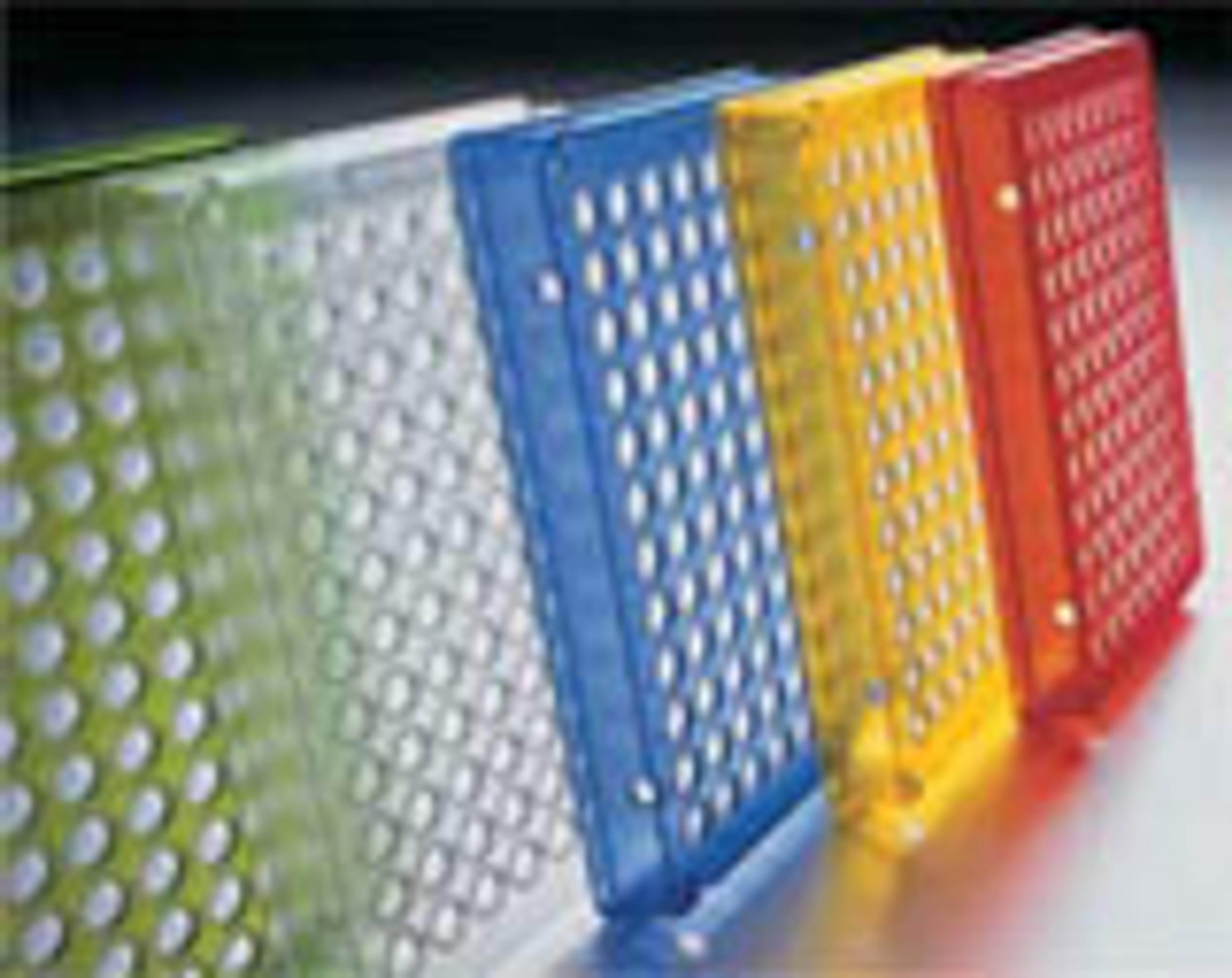Preventing DNA Contamination: Tackling the Phantom of Heilbronn Legacy with Eppendorf
Failures brought to light by botched police investigation have led to tough new requirements for the manufacturers of DNA analysis products
18 Dec 2017Almost ten years ago, detectives in Germany were forced to admit that a supposed female serial killer they had been hunting for over 15 years never existed. The so-called "Phantom of Heilbronn" had previously been connected by DNA evidence to six murders, as well as dozens of other crime scenes. But in 2009, it emerged that the "Phantom" criminal did not exist, and that the DNA in fact belonged to an innocent employee of the factory where the swabs used for collecting DNA samples were made. The confusion led to the introduction of new international standards for the production of kits and consumables for DNA analysis. In this interview, SelectScience speaks to Kayla Hager and Dr. Nils Gerke, of Eppendorf, to discuss how ISO 18385 is changing the manufacturing process for DNA consumables and the implications it has for forensic science. Dr. Gerke spent several years as a forensic DNA analyst prior to joining Eppendorf. Hager was previously a graduate student studying genetics and development before starting her career at Eppendorf North America.

SS: What challenges do forensic scientists face in the field of forensics and DNA analysis?
The prevention of contamination is a major challenge in forensic DNA analysis. In order to minimize the risk of contamination, forensic laboratories have established internal standards and accreditations. However, since the introduction of ISO 18385, there are more demands on the manufacturers of the products used in forensic DNA laboratories.
SS: What is ISO 18385, and why is it important?
ISO 18385 came into effect at the beginning of 2016 and it defines the demands on manufacturers of products used for the collection, storage, and analysis of biological material during the course of forensic investigations. Only products fulfilling this high standard can be labeled as Forensic DNA Grade according to the standard.
An important reason for the creation of ISO 18385 was the case of the “Phantom of Heilbronn”. For more than a decade, police based their investigations of around 40 different criminal cases in Germany, Austria and France on the involvement of one person with a particular DNA profile. In the end, it turned out that the cotton swabs used in the securing of evidence had been contaminated with this very DNA during production. This case was an important cause for the international forensic community to set up the ISO 18385.

The two main objectives of the ISO 18385 are:
Further minimizing the risk of contamination in forensic DNA analysis
In case of a contamination in a forensic laboratory:
SS: Describe the steps Eppendorf utilizes to minimize the risk of human DNA contamination
Eppendorf upholds high-quality standards throughout the manufacturing process of the Forensic DNA Grade product line, ensuring the strict demands of the ISO 18385 standard are met. The risks of contamination during the manufacturing process are minimized by utilizing a high degree of automation, minimalizing direct contact between staff and product whilst monitoring for human DNA in the production environment.
Tests are performed to verify the certified purity parameters and are carried out at different points of the production process by an independent external testing laboratory. This laboratory is accredited in accordance with ISO 17025 – the same accreditation standard which is applied to forensic laboratories.
Special attention has also been directed towards the packaging of Eppendorf Forensic DNA Grade products. All Forensic DNA Grade consumables have clearly marked labels on the folding box and also on each individual product bag to ensure unambiguous identification during use. The products are either packaged individually, in process-oriented numbers of items per bag, or in re-sealable bags allowing contamination-free storage. In addition, according to the requirements of the ISO 18385, production-relevant employees are included in a DNA exclusion database, so cases like the “Phantom of Heilbronn” can be avoided.
SS: What key forensic products does Eppendorf offer for this protocol?
The Forensic DNA Grade product line encompasses consumables for DNA extraction, sample processing and PCR setup, as well as sample storage. These include:
- Liquid handling: Dualfilter pipette filter tips and Combitips
- Sample prep: Safe-Lock Tubes 0.5, 1.5 & 2.0mL, Eppendorf Tubes 5.0 mL and Conical Tubes 15 and 50 mL
- PCR consumables: twin.tec Plates and 0.2mL PCR tubes
SS: What is the future of forensic science, specifically in relation to DNA and contamination?
The ongoing implementation of next-generation sequencing (NGS) into forensics allows researchers to get more information from forensic samples. By using the targeted NGS approach it is not only possible to get more information, but also specific, forensically relevant information in just a single, targeted run. Alongside this development, the demands on consumables used in forensics with regards to performance and purity will remain on a very high, if not increasing level. Thus, it can be expected that the usage of Forensic DNA Grade consumables according to ISO 18385 will become further established in forensic laboratories worldwide.
Do you use Eppendorf products in your laboratory? Write a Review Today for the Chance to Win in our 12 Reviews of Christmas Competiton



